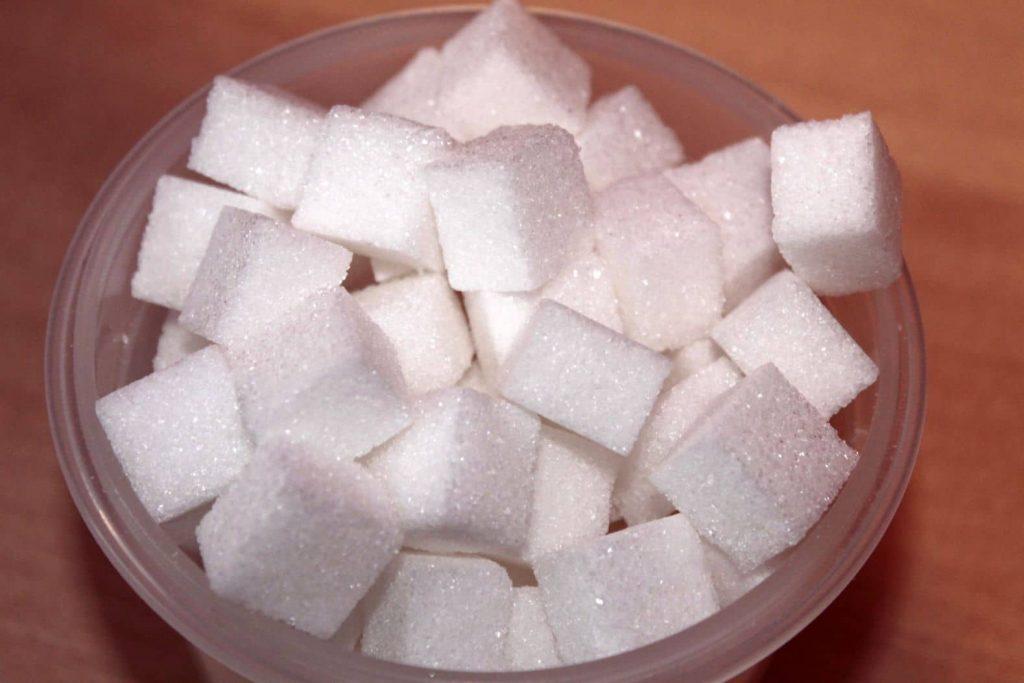Porto Alegre, June 27, 2022 – The surplus balance must fall from 5.6 to 4.0 mln tons at the end of the 2022/23 international crop. International production must rise 0.9% while demand must increase 1.9%, making the surplus drop by 28%. The stocks/consumption ratio is falling 2.5% with a drop of 7% in ending stocks and almost 6% in beginning stocks for the new crop. The latest USDA biannual report bringing the first reading for the 2022/23 international crop was updated on May 26. This report brought a more optimistic view on sugar prices from the international perspective of supply and demand for the commodity. In this first reading, SAFRAS & Mercado will address the international scenario as a whole, analyzing volumes within a general context of supply and demand balance. Over the next few days, a similar study will be carried out separately, adopting the main international origins such as Brazil, India, China, Thailand, Russia, and the European Union. The USDA report highlights that the growth in production from Brazil, China and Russia must more than offset the decline in supply from India and Ukraine.
Besides, international demand is expected to grow to a new record as the consumer market advances in countries such as China, India, Indonesia and Russia. Exports must have a negative behavior in the face of India’s more protectionist stance, which tends to discourage shipments already in the next season, 2022/23. According to USDA, this must impact the balance more than the expansion of shipments from Thailand and Brazil. As demand is expected to grow stronger than supply, international stocks would be negatively pressured at the beginning and end of the 2022/23 crop.
In general, SAFRAS & Mercado highlights that the dynamics of greater growth in demand than in supply must pressure not only stocks and the stocks/consumption ratio, but also the balance of supply and demand, which must decline by 28%, or 1.64 mln tons. In turn, the stocks/consumption ratio must drop by 2.5% from 27.86% to 25.35%. This is the lowest level of this ratio since the 2016/17 international season, when it fluctuated at 24.87%. In fact, supply grows by only 0.94% [or 1.70 mln tons from 181.18 to 182.89 mln tons] and demand by 1.91% [or 3.34 mln tons per year], from 175.49 to 178.84 mln tons].
The result, as we have already said, falls on the stocks that, at the beginning of the crop, fall by 5.96% [or 3.10 mln tons from 52.00 to 48.90 mln tons] and that at the end of the season fall a further 7.25% [or 3.54 mln tons from 48.90 to 45.35 mln tons]. SAFRAS & Mercado also warns that the scenario of stagnation in the planted area must last for two more international seasons, which will further pressure demand amid international growth in the face of post-pandemic recovery. Therefore, the external scenario of increased demand amid marginal growth in supply must continue to put negative pressure not only on the international surplus balance but also on stocks and the stocks/consumption ratio, forming a scenario of medium to long-term sustainability for prices in New York at around 20.00 cents.
SAFRAS Latam

